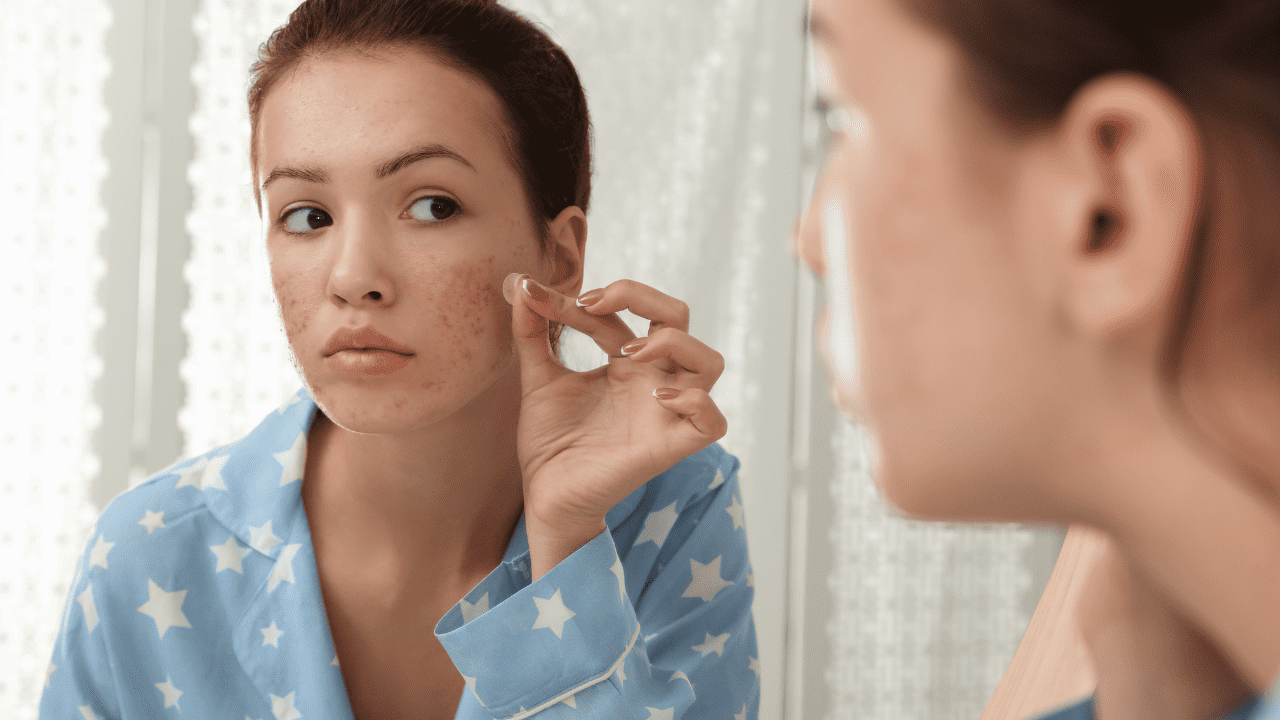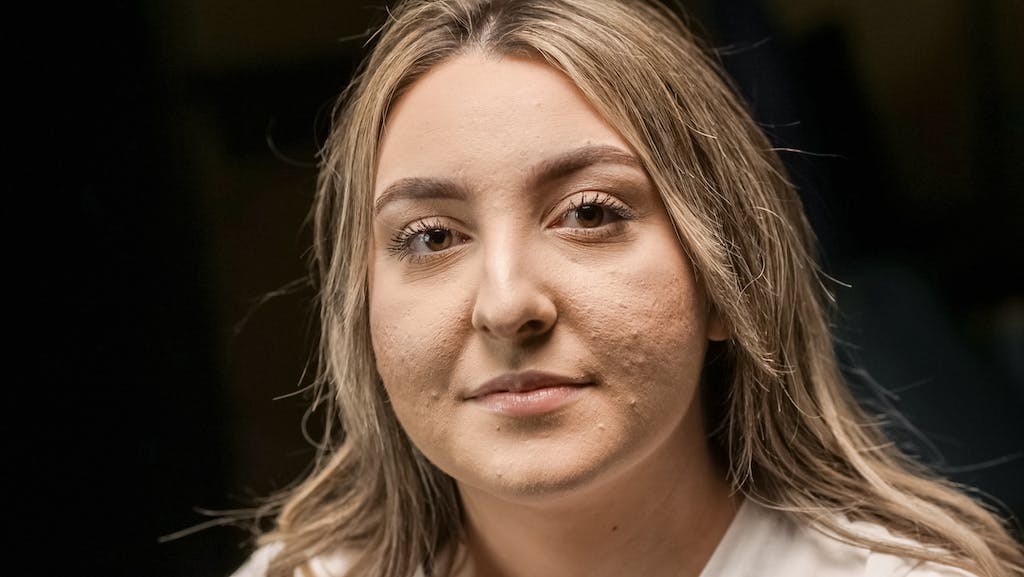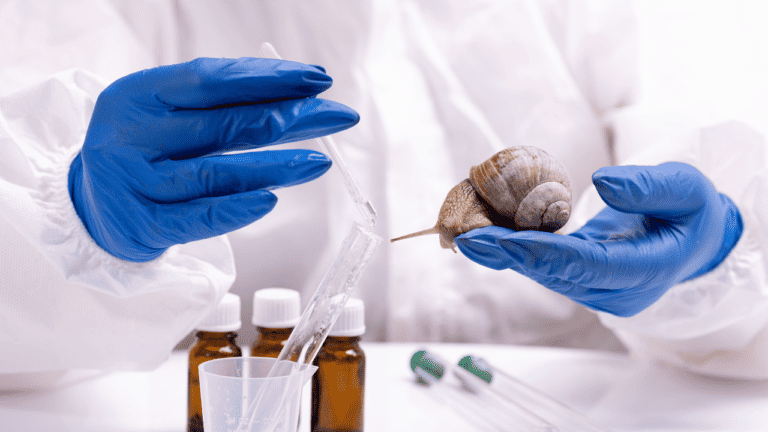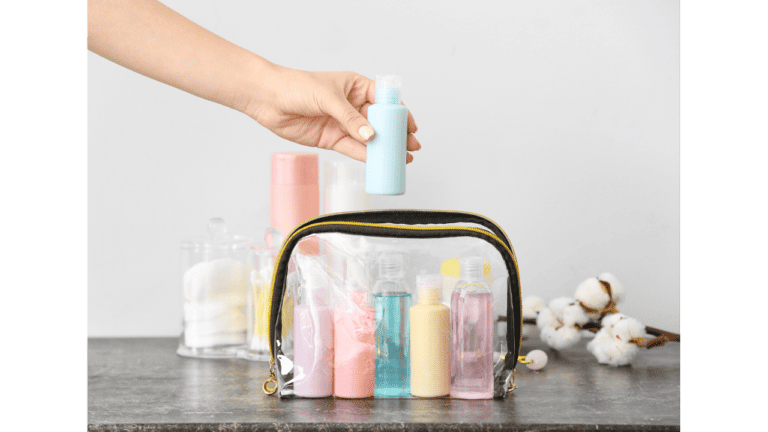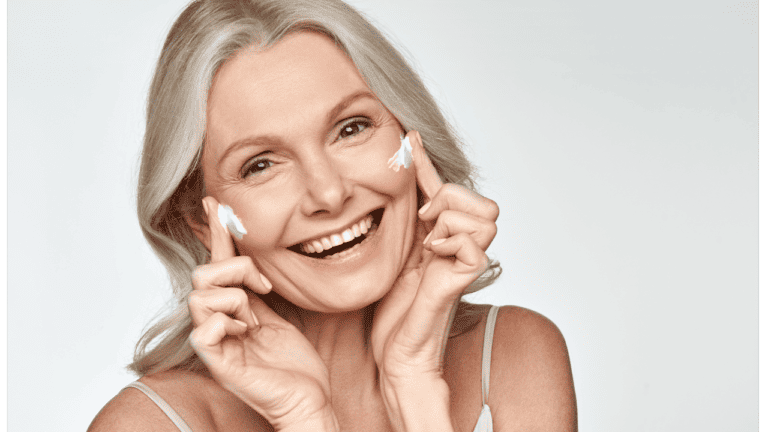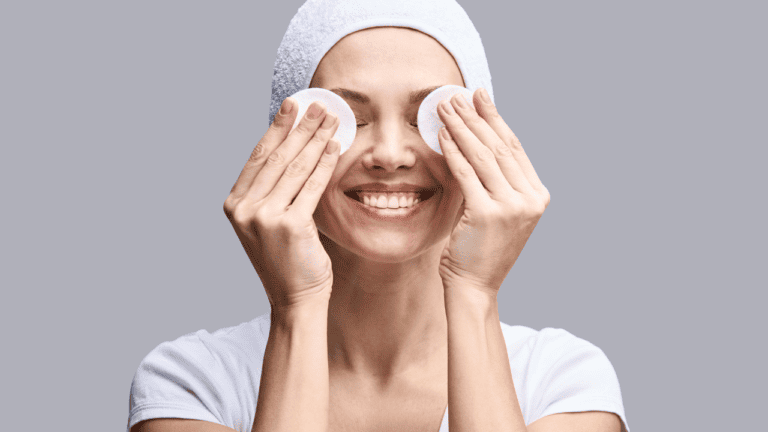Pimple patches have become a popular solution to treat acne. They work by absorbing impurities and oil from the skin, reducing inflammation and promoting healing. However, after removing the patch, you might notice a sticky residue left behind. This residue can be challenging to remove, and if not done correctly, it can cause skin irritation or damage.
Understanding how pimple patches work is essential to remove the residue safely. Pimple patches are made of hydrocolloid, a gel-like material that adheres to the skin and absorbs impurities. When you remove the patch, some of the hydrocolloid may remain on the skin, creating a sticky residue. This residue can attract dirt and bacteria, leading to further breakouts.
Key Takeaways
- Pimple patches work by absorbing impurities and oil from the skin, reducing inflammation and promoting healing.
- After removing the patch, a sticky residue may remain, which can be challenging to remove and cause skin irritation if not done correctly.
- Rubbing alcohol is effective but harsh, and micellar water is a safer option to remove pimple patch residue.
Understanding Pimple Patches
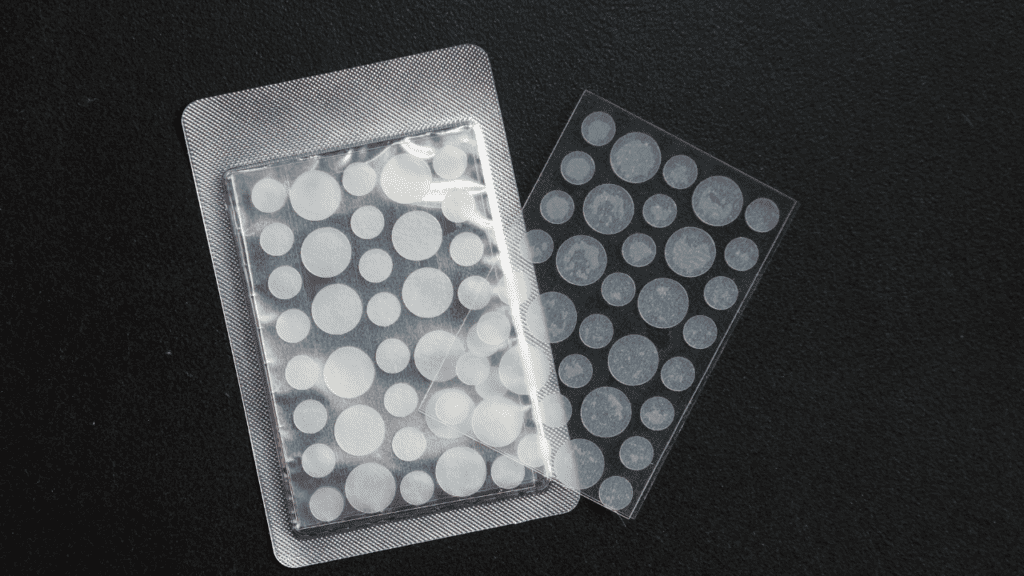
Pimple patches are a popular skincare product used to treat acne and pimples. They are small adhesive patches that are placed directly on top of a pimple. Pimple patches are designed to absorb excess oil and pus from the pimple, while also protecting the skin from further irritation and infection.
Components of Pimple Patches
Pimple patches are made up of several components, including hydrocolloid, which is a type of dressing used to promote wound healing. Hydrocolloid is a gel-like substance that is able to absorb moisture and create a moist environment, which helps to speed up the healing process. Pimple patches may also contain other ingredients such as salicylic acid, tea tree oil, and niacinamide, which are all known to be effective in treating acne.
How Pimple Patches Work
When a pimple patch is applied to a pimple, it creates a barrier between the pimple and the outside environment. This barrier helps to prevent the pimple from becoming further irritated or infected. The hydrocolloid in the pimple patch also helps to absorb excess oil and pus from the pimple, which can help to reduce inflammation and redness.
One of the main benefits of using a pimple patch is that it can help to prevent scarring. When a pimple is left untreated, it can often lead to scarring, which can be difficult to treat. By using a pimple patch, the pimple is able to heal without being disturbed, which can help to prevent scarring from occurring.
Overall, pimple patches are a safe and effective way to treat acne and pimples. They are easy to use and can be worn throughout the day or night. If you are looking for a way to treat your acne without using harsh chemicals or medications, a pimple patch may be a good option for you.
The Challenge of Pimple Patch Residue
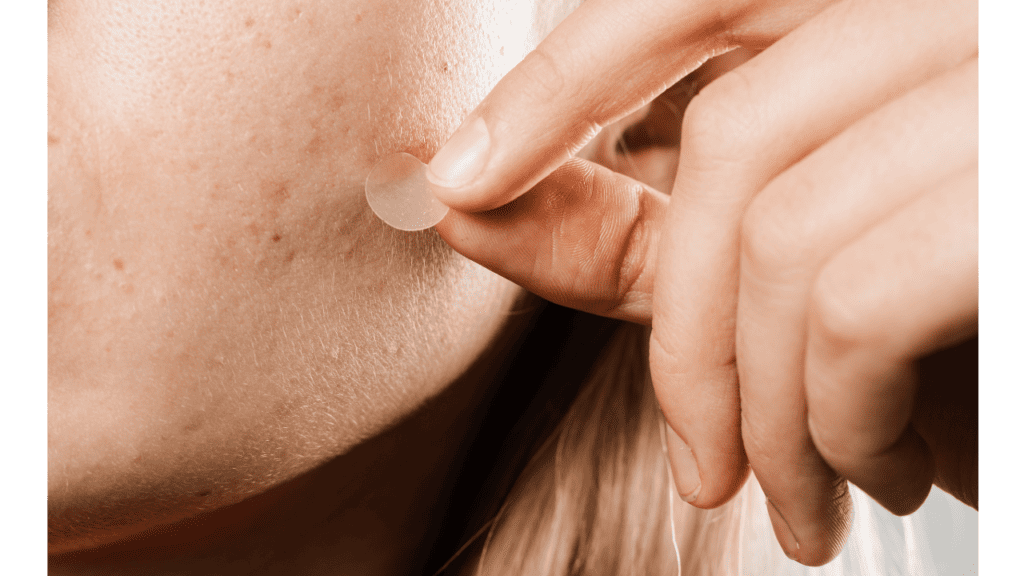
Removing pimple patch residue from the skin can be challenging. Pimple patches are designed to stick to the skin and absorb excess oil and impurities from pimples. While they are effective in treating acne, they can leave behind a sticky residue that can be difficult to remove.
Residue Composition
The composition of pimple patch residue can vary depending on the brand and type of patch used. Most pimple patches are made of hydrocolloid, a gel-like substance that absorbs excess oil and impurities from the skin. This material can leave behind a sticky residue that is difficult to remove.
Rubbing alcohol is an effective but harsh way to remove pimple patch residue from the skin. It can dry out the skin and cause irritation, especially for those with sensitive skin. Micellar water is a gentler alternative that can effectively remove pimple patch residue without causing irritation.
Impact on Skin
Leaving pimple patch residue on the skin can have negative impacts. The sticky residue can clog pores and lead to further breakouts. It can also make it difficult for other skincare products to penetrate the skin, reducing their effectiveness.
To avoid these negative impacts, it is important to remove pimple patch residue from the skin as soon as possible. Using a gentle cleanser or micellar water can effectively remove the residue without causing irritation or dryness.
In conclusion, removing pimple patch residue from the skin can be challenging, but it is important to prevent negative impacts on the skin. Using gentle cleansing methods like micellar water can effectively remove the residue without causing irritation or dryness.
Safe Removal of Pimple Patch Residue
Pimple patches are a great way to get rid of pimples and acne. They work by absorbing the pus and oil from the pimple and preventing further infection. However, removing the patch can leave behind a sticky residue on the skin. This residue can be difficult to remove, especially if you have sensitive skin. In this section, we will discuss safe methods to remove pimple patch residue from your skin.
Using Micellar Water
Micellar water is a gentle and effective way to remove pimple patch residue from your skin. It is a mild cleanser that contains tiny micelles that attract dirt and oil from the skin. To use micellar water, follow these steps:
- Soak a cotton pad with micellar water.
- Gently wipe the cotton pad over the affected area.
- Repeat until all the residue is removed.
- Rinse your face with water and pat dry.
- Apply a gentle moisturizer to soothe the skin.
Micellar water is a great option for those with sensitive skin, as it does not contain harsh chemicals that can irritate the skin.
Alternative Gentle Methods
If you do not have micellar water, there are other gentle methods you can use to remove pimple patch residue. Here are some options:
- Oil cleansing: Apply a small amount of oil (such as olive or coconut oil) to the affected area and massage gently. The oil will dissolve the residue, making it easier to remove. Rinse your face with water and pat dry.
- Honey: Apply a small amount of honey to the affected area and let it sit for a few minutes. Honey has antibacterial properties and can help to soothe the skin. Rinse your face with water and pat dry.
- Aloe vera: Apply a small amount of aloe vera gel to the affected area and let it sit for a few minutes. Aloe vera has anti-inflammatory properties and can help to soothe the skin. Rinse your face with water and pat dry.
It is important to use gentle methods to remove pimple patch residue, especially if you have sensitive skin. Harsh chemicals such as rubbing alcohol can irritate the skin and cause further damage.
The Role of Rubbing Alcohol
Rubbing alcohol, also known as isopropyl alcohol, is a common household disinfectant that can be found in most medicine cabinets. It is a versatile product that can be used for cleaning and sanitizing surfaces, as well as for removing pimple patch residue from the skin. However, its use can also have some drawbacks.
Pros and Cons of Rubbing Alcohol
Rubbing alcohol is an effective way to remove pimple patch residue from the skin. It is a powerful disinfectant that can kill bacteria and other germs that may be present on the skin’s surface. It can also help to dry out pimples and prevent the formation of new ones. However, it can cause dryness and skin irritation if used too frequently or in high concentrations.
Another potential downside of rubbing alcohol is that it can be harsh on the skin. It can strip the skin of its natural oils, leading to dryness and irritation. This can be especially problematic for people with sensitive skin or those who are prone to acne. In addition, rubbing alcohol can be dangerous if ingested or used in large quantities.
Appropriate Use of Rubbing Alcohol
To minimize the risk of skin irritation and dryness, it is important to use rubbing alcohol in moderation and in the appropriate concentration. A concentration of 70% isopropyl alcohol is generally considered to be the most effective for disinfecting surfaces and removing pimple patch residue from the skin. Higher concentrations can be more harsh on the skin and may cause more harm than good.
When using rubbing alcohol on the skin, it is important to apply it gently and avoid rubbing too hard. This can help to minimize the risk of skin irritation and dryness. It is also important to follow up with a moisturizer to help replenish the skin’s natural oils.
In summary, rubbing alcohol can be an effective way to remove pimple patch residue from the skin, but it should be used in moderation and in the appropriate concentration. It is important to be aware of the potential risks and to take steps to minimize the risk of skin irritation and dryness.
Preventing Skin Damage
When using pimple patches, it is important to remove the residue properly to avoid skin damage. Rubbing alcohol is effective but harsh, so it is recommended to use micellar water instead. However, even with micellar water, it is important to take care of the skin after residue removal.
Hydrating After Residue Removal
Removing the pimple patch residue can leave the skin dry and irritated. To prevent this, it is recommended to apply a moisturizer after removing the residue. A moisturizer can help hydrate the skin and prevent dryness, which can lead to further skin damage.
Protecting the Skin Barrier
The skin barrier is the outermost layer of the skin, which protects it from external factors such as pollution, UV rays, and bacteria. When the skin barrier is damaged, it can lead to dryness, irritation, and even infection. To prevent this, it is recommended to use a sunscreen and avoid harsh skin care products. Sunscreen can help protect the skin from UV rays, which can damage the skin barrier. Harsh skin care products can also damage the skin barrier, so it is important to use gentle products that do not contain harsh chemicals.
In summary, to prevent skin damage when removing pimple patch residue, it is important to use micellar water instead of rubbing alcohol and to take care of the skin after residue removal. This includes hydrating the skin with a moisturizer and protecting the skin barrier with a sunscreen and gentle skin care products.
When to Consult a Dermatologist
While mild acne can be treated with over-the-counter products, severe cases may require the intervention of a dermatologist. A dermatologist is a medical professional who specializes in skin, hair, and nail conditions. They can help diagnose and treat a variety of skin problems, including acne.
Signs of Severe Skin Irritation
If a pimple patch is causing severe skin irritation, it may be time to see a dermatologist. Signs of severe skin irritation include redness, swelling, itching, and pain. If the skin is broken, bleeding, or oozing, it is important to seek medical attention immediately.
Professional Acne Treatment Options
Dermatologists have access to a range of professional acne treatment options that are not available over-the-counter. For inflammatory acne, dermatologists may prescribe topical retinoids or antibiotics. For cystic acne, oral medications may be necessary.
It is important to note that some acne medications can cause side effects, such as dryness, peeling, and redness. A dermatologist can help monitor these side effects and adjust the treatment plan as needed.
In conclusion, if a pimple patch is causing severe skin irritation or if over-the-counter treatments are not effective, it may be time to consult a dermatologist. They can provide professional acne treatment options and help monitor any side effects.
Conclusion
In conclusion, removing pimple patch residue from the skin is crucial to maintaining healthy, acne-prone skin. While rubbing alcohol is effective in removing the residue, it can also be harsh on the skin. Therefore, it is recommended to use a gentle and effective alternative like micellar water.
When cleaning the skin, it is important to use gentle products to avoid irritating the skin. Micellar water is a gentle cleansing solution that can effectively remove pimple patch residue without causing any irritation. It is also a great option for those with sensitive skin.
Using micellar water to remove pimple patch residue is a simple and effective process. Simply soak a cotton pad with micellar water and gently wipe the area where the patch was applied. Repeat the process until the residue is completely removed.
Overall, removing pimple patch residue from the skin is an important step in maintaining healthy, clear skin. By using a gentle and effective solution like micellar water, one can effectively remove the residue without causing any harm to the skin.
Frequently Asked Questions
What are the safe alternatives to rubbing alcohol for removing pimple patch residue?
Rubbing alcohol can be harsh on the skin and cause irritation, especially if used frequently. A safe alternative to rubbing alcohol for removing pimple patch residue is using micellar water. Micellar water is gentle on the skin and effectively removes residue without causing any irritation. It is also suitable for all skin types, including sensitive skin.
Is it safe to use micellar water to clean the skin after removing a pimple patch?
Yes, it is safe to use micellar water to clean the skin after removing a pimple patch. Micellar water is a gentle and effective way to remove any residue left on the skin after removing a pimple patch. It is also a good option for those with sensitive skin, as it does not contain any harsh chemicals or fragrances that can irritate the skin.
How often can micellar water be used without harming the skin?
Micellar water can be used daily without harming the skin. It is gentle and does not contain any harsh chemicals that can cause irritation or dryness. However, it is important to choose a micellar water that is suitable for your skin type and to avoid over-cleansing, as this can strip the skin of its natural oils and cause dryness.
